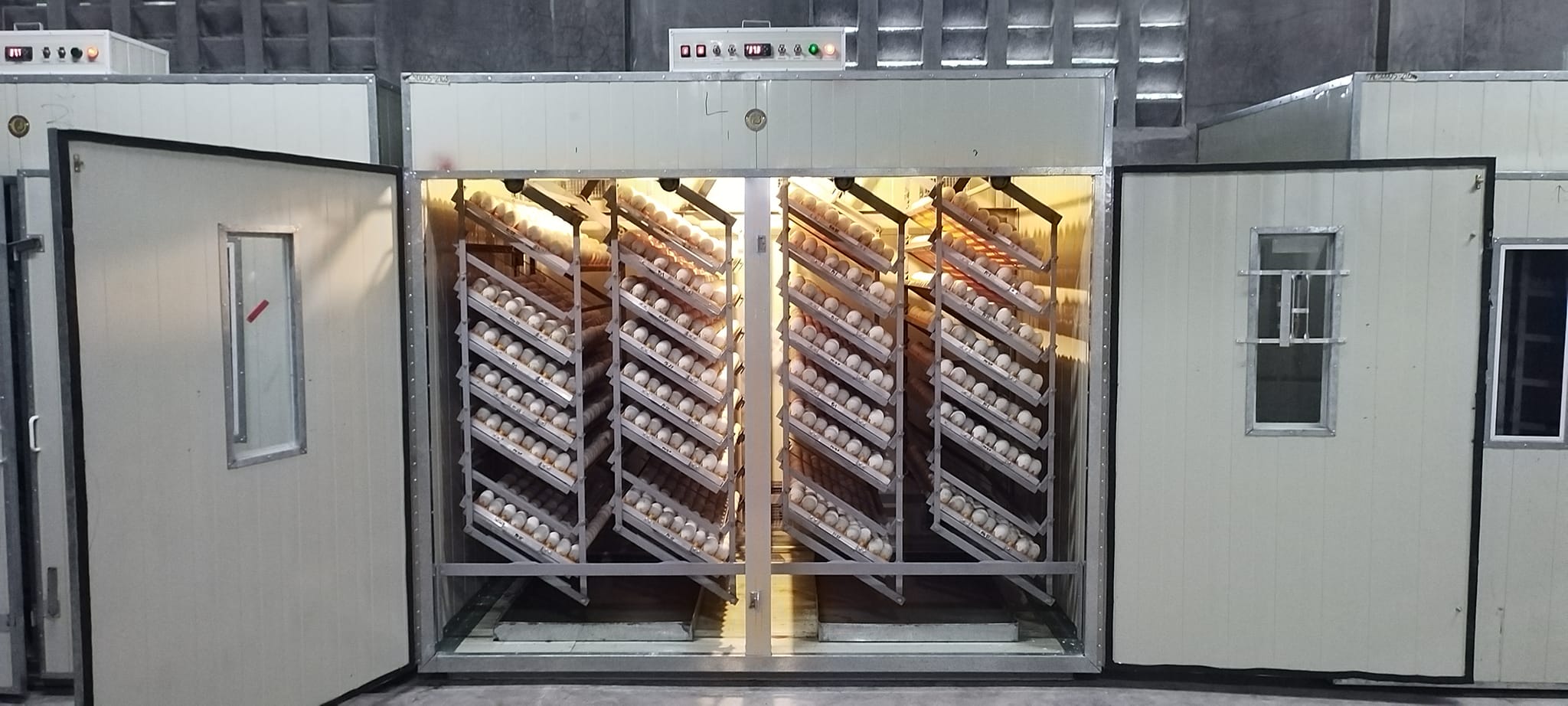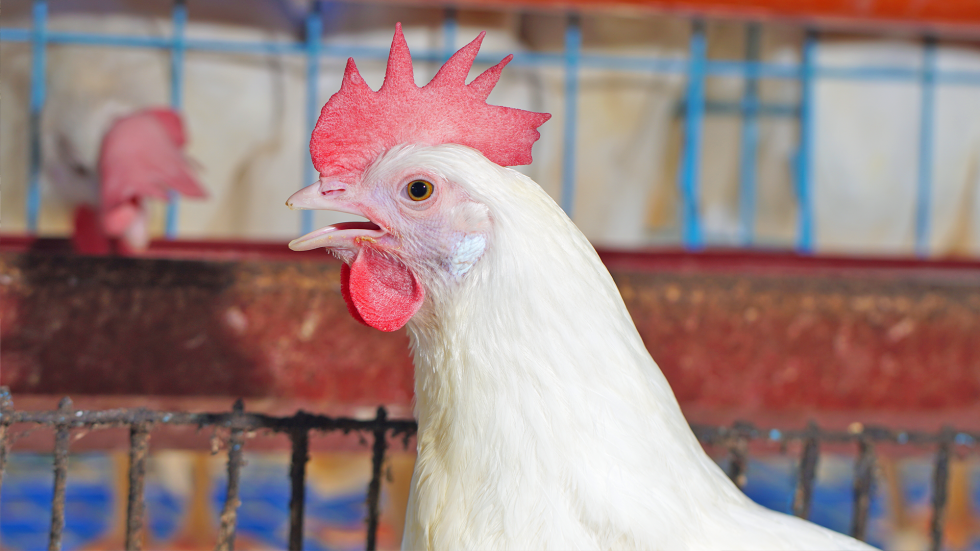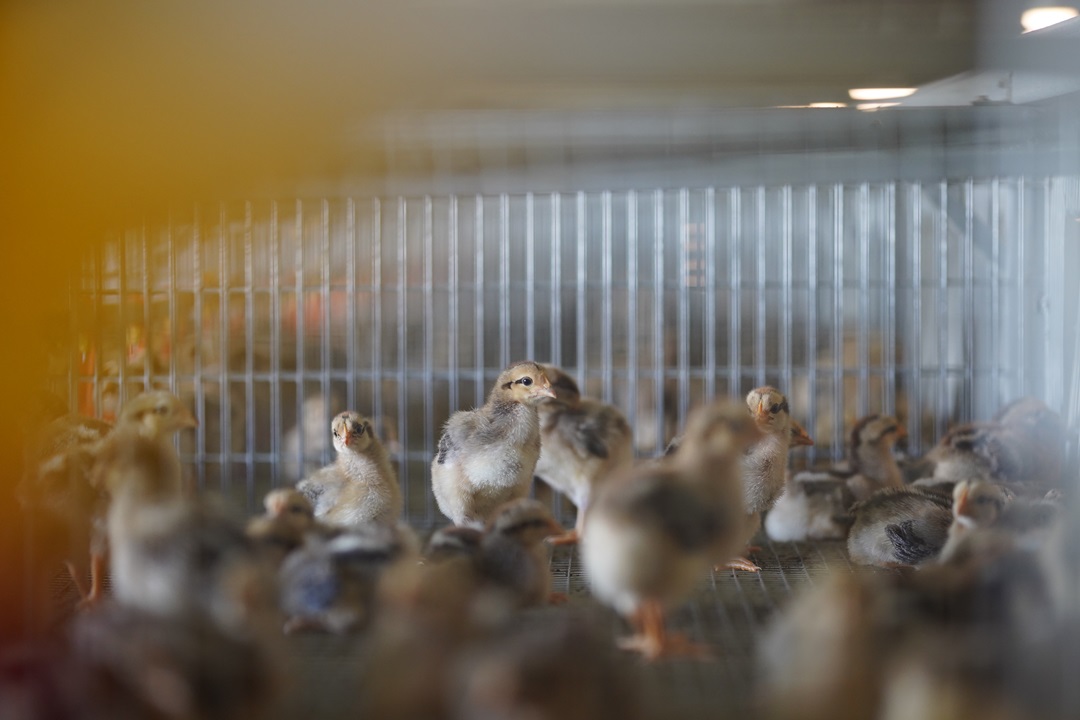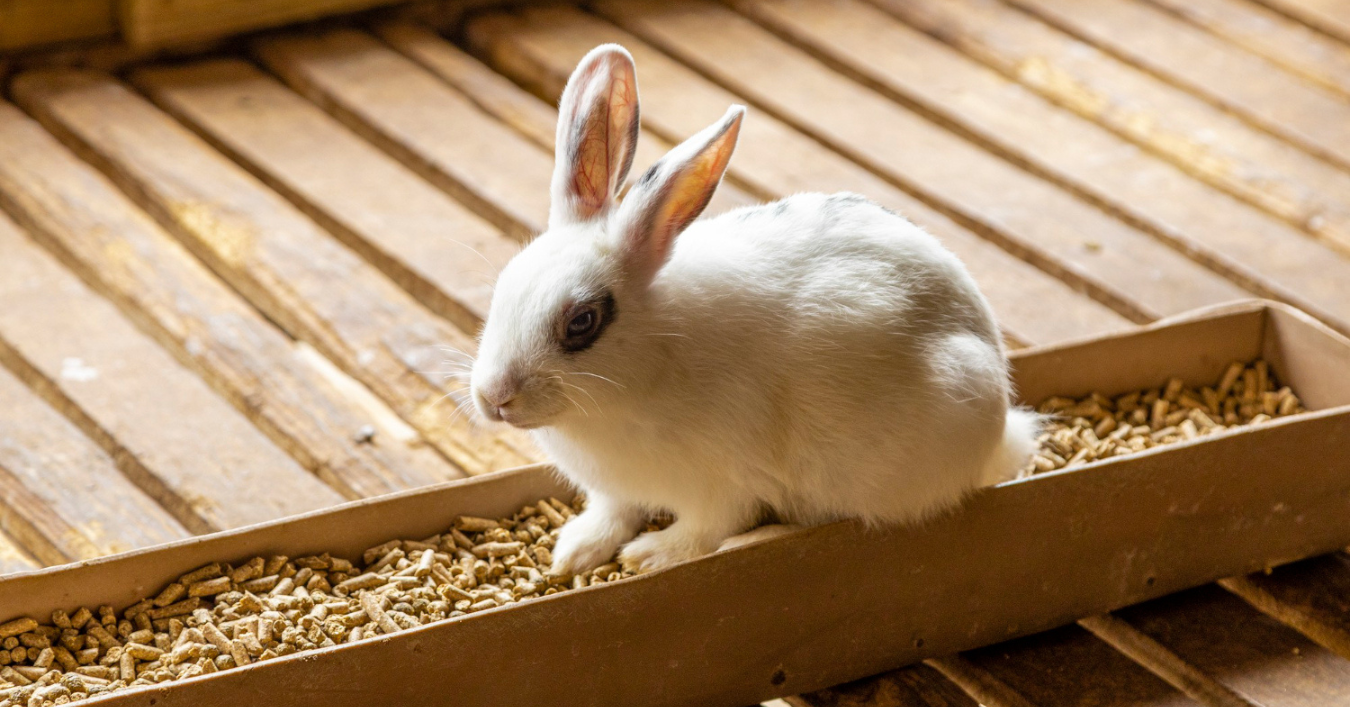
Balut Variety: Exploring the Different Kinds of Fertilized Duck Eggs
Balut is a fertilized duck egg eaten in the Philippines, but it’s not just one thing. Many people don’t know there are different kinds, each with its own taste and texture. There is a whole world of balut to explore–from the soft Penoy to the more developed Mamatong. Curious? Jump in and learn more about the surprising variety of balut and discover which type might suit your palate–or tolerance.
Four Types of Balut
1. Balut sa Puti (Plain Balut)
The most common type of balut, Balut sa Puti is a fertilized duck egg incubated for 16-18 days, where the embryo is partially developed. The chick has started forming, but the bones are still soft and edible.
2. Balut Penoy (Unfertilized or Slightly Developed Egg)
Penoy refers to a fertilized egg that didn’t fully develop into an embryo. It’s more like a hard-boiled egg with no visible chick. It is creamy and rich in texture.
3. Balut Mamatong
Mamatong refers to balut where the embryo has floated to the top of the egg after being boiled. The term “mamatong” comes from the Filipino word “tungtong,” meaning “to float.” It is usually incubated for 14-16 days.
4. Balut Abnoy
An undeveloped duck egg, also known as “bugok,” which means “rotten.” In Pateros, where balut production is a major industry, people use abnoy in a variety of ways.
Did you know?
Balut is a fertilized egg that has been incubated for a specific number of days (usually 14 to 21 days), boiled, and eaten as a delicacy.
The term “balut” is derived from the Filipino word “balot”, which means “wrapped” or “covered”. This likely alludes to the embryo being wrapped inside the eggshell.

To make more balut and achieve better duck egg production, use Avemax Duck Layex Feeds! Avemax is a premium quality feeds designed to maximize the laying capacity and quality of eggs produced by ducks.
Visit the Avemax page to know more.
Featured image from Marvin’s Balut Processor.



